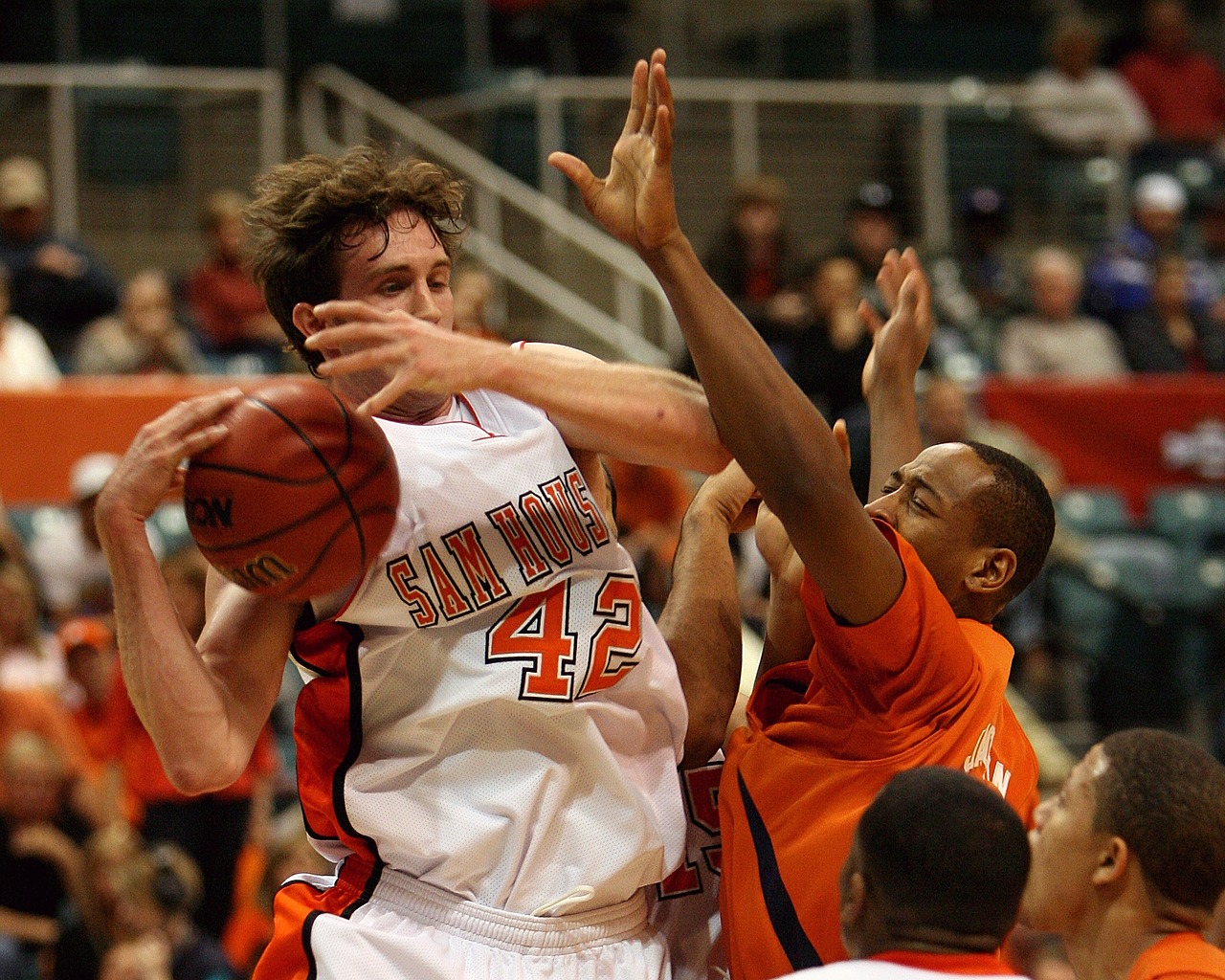May 11, 2020ACHA announces guidelines for return of college sports
New guidelines have been laid out by the American College Health Association (ACHA) for how to safely return to sports in the college athletics world amid the COVID-19 pandemic.
On Wednesday, May 7, the ACHA announced additional guidance for institutions of higher education to reopen athletics safely, including modifications to facility, practice, personnel, emergency care, and planning to assist in deciding if a college can safely bring back athletes and students to campus.
The ACHA said colleges and universities should view these guidelines and evaluate the feasibility of these recommendations in the light of their own campus environment, community resources, public health capacity, demographics, internal resources, and risk tolerance.
 Below are a few highlights that Forbes Magazine pointed out from ACHA on how to properly reopen sports for colleges and universities.
Below are a few highlights that Forbes Magazine pointed out from ACHA on how to properly reopen sports for colleges and universities.
The assembling of a COVID-19 action team and create an action plan. This should include a wide range of staff including athletic director, head athletic trainer, physician, head coach representative, strength coach representative, student health services representative, counseling services representative, a student-athlete, university emergency preparedness representative, and others. Teams should immediately begin to draft an action plan for all scenarios.
- Ramp up education and training for sports medicine staff; include Basic Life Support, AED, and resuscitation training for potential COVID-19 patients. ACHA recommends action plans for the transport, assessment, and testing of student-athletes or staff with potential COVID-19 illness.
- Address the issues around both types of Personal Protective Equipment (PPE) for all medical staff, custodial staff; and, Pre-Participation Examinations should no longer be done in large groups. Schools will need to decide whether to include COVID-19 testing for antigens and/or antibodies and then decide if every athlete needs to be tested and how frequently. Also, medical staff should “carefully review each athlete for the presence of underlying health conditions that place the individual at higher risk for COVID-19” before allowing them to begin training.
» ALSO SEE: Big Ten Conference extends suspension of team activities
- Examine your entire facility — team meeting rooms, locker rooms, athletic training rooms, strength and conditioning rooms, academic meeting rooms and study areas, dining areas for physical spacing, and smaller groups. How do you manage a team meeting for 35 in a room that seats 35?
- Assess the potential for COVID-19 transmission in each sport, considering whether a sport is: team vs individual; contact vs non-contact; major spectator vs non-spectator; has unavoidable physical distancing practices in certain sports like soccer, basketball, wrestling, football. Discuss what to do in “ball transfer” sports like volleyball, soccer, basketball, baseball/soccer. How will you manage the cleaning of shared equipment in sports like gymnastics and track and field? And, do you have the resources to consistently monitor social distancing of all participants, sideline personnel and other spectators at practices and games? How many staff can you devote to this and are you willing to take that responsibility on?
To read the full ACHA release on how to effectively reopen collegiate sports, click here. To read the Forbes article on ACHA’s release, click here.



